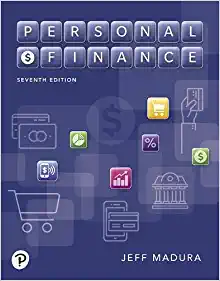Answered step by step
Verified Expert Solution
Question
1 Approved Answer
You can answer Question 3 Only (I give you the answer for question2, cause you need it to answer question 3) Please answer Question3 in
You can answer Question 3 Only (I give you the answer for question2, cause you need it to answer question 3)
Please answer Question3 in detail
The answer for Question2 is:
lFor stock C:
E(r)=0.21, A=4, =0.16
The expected utility= E(r)-0.5A=0.21-0.5*4*=0.21-0.0512=0.1588
lFor stock D:
E(r)=0.25, A=4, =0.21
The expected utility= E(r)-0.5A=0.25-0.5*4*=0.25-0.0882=0.1618
Therefore, the investor will choose stock D, because stock D has more expected utility.

Step by Step Solution
There are 3 Steps involved in it
Step: 1

Get Instant Access to Expert-Tailored Solutions
See step-by-step solutions with expert insights and AI powered tools for academic success
Step: 2

Step: 3

Ace Your Homework with AI
Get the answers you need in no time with our AI-driven, step-by-step assistance
Get Started


